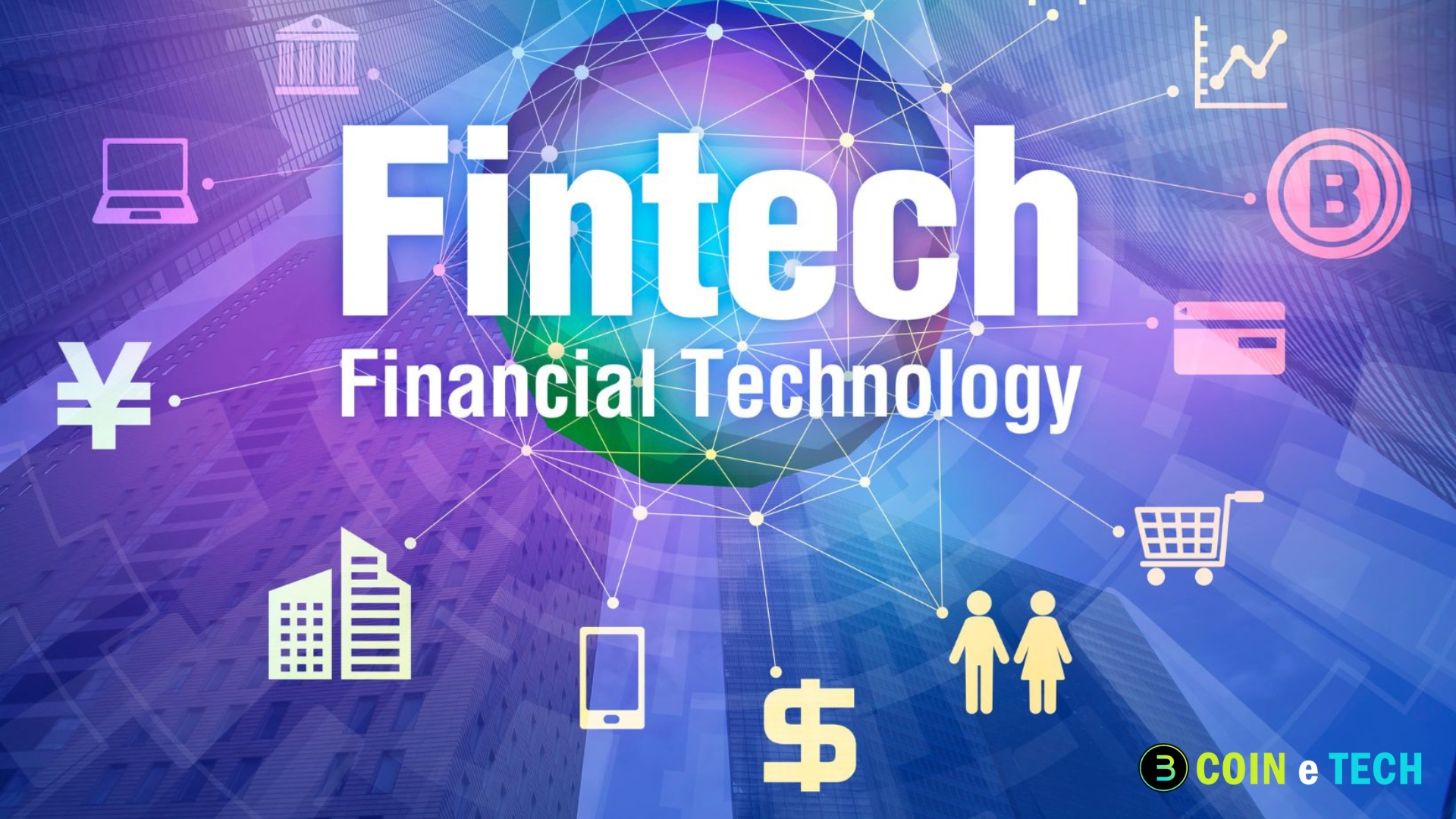Financial Technology (Fintech). In just the first three months of 2024, the financial technology industry managed to amass almost thirteen billion dollars. To put it simply, “fintech” is short for “finance” plus “technology.” This is the most fundamental definition of financial technology. Technological advancements have greatly impacted the way we handle and gain access to financial services. Digital loans, online banking, e-commerce, and digital currencies are a few prominent instances of financial technology. Cryptocurrencies and their function in financial technology should also be noted while discussing digital currencies.
Blockchain technology and the web3 revolution were both initiated by cryptocurrencies. This post tries to shed light on the topic by discussing the nature and function of fintech. Also covered are some of the best practices and upcoming trends in financial technology. Meanwhile, the conversation also highlights the significance of learning and developing certain abilities to advance your career in the fintech industry.
Definition of Fintech
Any explanation of Financial Technology (Fintech) for newcomers would center on the definition. This term refers to the utilization of technology that aids both enterprises and consumers in managing their financial processes more efficiently. Algorithms and user-accessible software are the “technology” aspects of fintech. Furthermore, technological advancements bring about fresh automation methods and improvements to the customer experience of financial services.
After hearing the fintech explanation, some may wonder how simple it is to implement the new idea. Most people would think financial technology is an abstract idea that only a select few can grasp. By contrast, fintech can be defined as using technological solutions to improve banking, transactions, and other financial services. Digital money transfers, internet trading, and phone banking likely formed the foundation of fintech. Both consumers and financial organizations experienced new and efficient models of financial transactions. Cloud computing, AI, data analytics, and cyber security were subsequently introduced due to the value enhancements brought about by technology in financial services.
Origins of Fintech
To fully grasp “what is fintech” and the instances, it can be helpful to look back at the history of fintech. One possible explanation is that fintech emerged due to a chain reaction of successive technical advances. The earliest credit cards, which appeared in circulation in the 1950s, provide the most compelling historical context for the development of financial technology. Many good things started to happen when people started using credit cards instead of carrying physical money.
Founded in 1998, PayPal was the first internet-based financial technology company, a landmark that would have far-reaching consequences for the financial services sector going forward. The many instances of fintech incorporating mobile technology, data encryption, and social media laid the perfect foundation for its expansion. The advent of blockchain technology would greatly enhance fintech by allowing users to actively participate in managing their assets and by providing decentralized access to financial services.
Working on Financial Technology
The definition and history of fintech provided a high-level picture of its objectives. There is no denying the profound impact that fintech has had on the banking and insurance sector. The utilization of technology is implicit in the most basic description of how fintech operates. The foundational components of the current fintech ecosystem are these key technologies.
Biometric Sensors and Smart Chips
They use biometric sensors to gain access to financial services, including using one’s eyes or palm to identify the account holder or to link automated teller machines with mobile apps. Fintech solutions have helped reduce cash loss in adverse circumstances; smart chip ATM cards are another common example. The technology uses a one-time password to secure customer funds during transactions as an example of two-factor authentication.
Digital and Omnichannel Banking
Digital and omnichannel banking come next regarding significant technology driving the fintech industry. From a branch-centric procedure to many digital channels, fintech has revolutionized the banking industry. Now that mobile banking is available, people can obtain basic financial services without ever setting foot in a bank. To lower operational costs, some banks have successfully reduced the number of branches.
Chatbots
Chatbots are digital assistants that can communicate with consumers and help them with common issues through software. Investment advising and finding pertinent information on bank official websites are just two of the many more things that chatbots could assist with. Although chatbots are the most basic example of fintech described here, they have significantly influenced the financial services sector. Chatbots have allowed banks to save money and increase customer happiness, freeing human resources for more strategic endeavors.
Artificial Intelligence
Artificial intelligence is the most impressive technological development that will dominate the financial services industry. When detecting fraud, artificial intelligence and machine learning have shown encouraging outcomes. Therefore, warnings could be generated if fraudulent transactions are identified with the help of fraud detection. After that, machine learning can enhance data aggregation platforms, statistical modeling, and process automation. It also helps modernize anti-money laundering strategies by incorporating new technologies like data aggregation platforms and useful insights from past data.
Cryptocurrencies, Electronic Wallets, and DeFi
Users’ empowerment is the key to the future of the fintech business. Blockchain technology has revolutionized financial services, making them more secure and flexible. Cryptocurrencies are a prime example of this. Later on, DeFi could be established thanks to the proliferation of smart contracts and decentralized applications. The potential for decentralized finance to put control back in the hands of consumers makes it an exciting new frontier for Financial Technology (Fintech). Coincidentally, cryptocurrency has spawned a plethora of ancillary solutions, like cryptocurrency exchanges and wallets.
Impact of Financial Technology
To fully grasp fintech, one must also consider its benefits. The technology and examples of fintech provide a detailed description of how fintech may help consumers and companies. We must ask if fintech will be able to survive and even thrive in this age of unprecedented change. Some of the most salient benefits of fintech that demonstrate its influence are as follows.
The fact that fintech is “disruptive” should be stressed since it is crucial in fostering innovation. Bringing innovative, adaptive, and scalable technology into various businesses is much simpler to facilitate productive and efficient transactions.
Modern solutions can be offered more quickly, with more transparency, and with greater convenience by fintech. Customers may get a more tailored experience with the help of big data and AI. Better marketing strategies are another area where financial service organizations might stand to improve.
Since fintech can provide new solutions that are quicker, more transparent, and more convenient, learning it could become more important. Worldwide, chatbots have the potential to save about $7.3 billion for financial institutions. Statistics show that chatbots are useful in the financial technology sector. Most people can access loans, insurance, crowdsourcing, and electronic payments.
Improvements in cybersecurity are another prominent focus in the financial industry. By replacing antiquated methods, fintech has the potential to make financial data management more secure and compliant. The global economy also gains from this, thanks to the new jobs it could create. But it’s difficult for newbies to find their way around the market.
Conclusion
The basic introduction to fintech for newcomers clearly explained the many elements. Beginning with the first credit cards, the financial technology industry has come a long way to include cryptocurrencies, smart chip ATMs, and facilitating access to financial services. The rapid expansion of the financial technology industry raises worries about the security of financial technology.
This growth is occurring at an astounding rate. Security problems are an obvious issue with practically every technology, and financial technology has particular weaknesses. On the other hand, it would continue to grow even further as user habits and corporate viewpoints toward financial services evolve.






